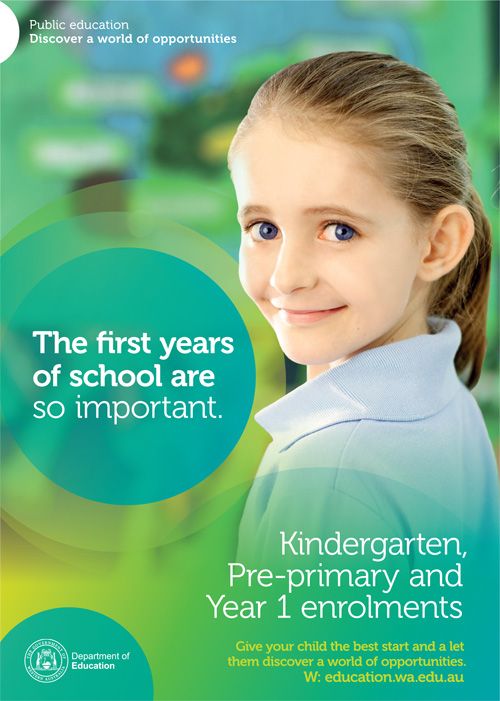

E D U C A T I O N I N I N D I A | ||
| Educational Institutions | 888 thousand | |
| Enrollment | 179 millions | |
| Elementary Education | Second largest in the world with 149.4 millions children of 6-14 years enrolled and 2.9 million teachers. | |
| Number of Universities | 227 | |
| Number of colleges/Institutions | 11,089 | |
Structure of School Education A uniform structure of school education, the 10+2 system has been adopted by all the States and Union Territories of India. However, within the States and the UTs, there remains variations in the number of classes constituting the Primary, Upper Primary, High and Higher Secondary school stages, age for admission to class I, medium of instruction, public examinations, teaching of Hindi and English, number of working days in a year, academic session, vacation periods, fee structure, compulsory education etc. | ||
Age Restriction for Admission The minimum age for admission to class I of the Primary School stage is generally 5+ or 6+ years. In 22 States/UTs the minimum age for admission to Class I is 5+ years and in 7 States/UTs the minimum age for admission is 6+ years. There is no age restriction in the case of Mizoram. In Gujarat, the minimum age for admission is 5+ years (voluntary) and 6+ years (compulsory). In Lakshadweep, the minimum age for admission is 5 ½ years. | ||
Medium of Instruction Mother tongue or regional language is the medium of instruction at the primary stage of education in most of the States/UTs. Facilities for studying in a medium other than regional language vary considerable in different States and Union Territories. | ||
Number of Working Days The number of working days of School Education in a year is generally more than 200 days in all the States/UTs. Academic SessionThe academic session begins from different months of the year in the different States and Union Territories. However, in most of the States, the long vacation periods are availed in the summer season while in some of the hilly States, these fall in the winter months. | ||
Higher Education There are around 227 universities and over 11,089 colleges and institutions of higher education in India. Among these are sixteen Central Universities and remaining are functioning under state Acts. Besides, there are 40 institutions declared as deemed-to-be, universities under university Grants Commission Act, 1956. The enrolment of student is 74.18 lakhs while the number of teachers is 3.42 lakhs. | ||
Technical Education Technical Education System in India is to produce trained manpower in adequate numbers for the economic development of the country. The facilities of education and training in the areas of engineering and technology have, therefore been expanded systematically. Among the premier institutions imparting technical education are: Indian School of Science, Banglore Indian School of Mines, Dhanbad National School of Training in Industrial Engineering, Mumbai National Institute of Foundry and Forge Technology, Ranchi School of Planning and Architecture, New Delhi Administrative Staff College of India, Hyderabad Four Indian Institute of Management, Ahmedabad, Lucknow, Banglore and Calcutta Four Technical Teacher’s Training Institutes at Bhopal, Calcutta, Chandigarh and Chennai Five Indian Institutes of Technology at Mumbai, Delhi, Kanpur, Kharagpur and Chennai 17 Regional Engineering Colleges spread over the country 200 recognised Technical Education Institutions at the first degree level and about 500 polytechnics at the diploma level. They have an annual admission capacity of 40,000 and 80,000 students respectively. Facilities are also exist for post-graduate studies and research work for about 10,000 scholars. | ||
Related Links

Latest
Articles
CBSE Compartment Result 2023 OUT: Click For Direct Link
Home CBSE Compartment Result 2023 OUT: Click For Direct Link The CBSE 10th Compartment Result 2023 is expected to be
IIT Roorkee Launches Professional Certification Program in Product Management
Home IIT Roorkee Launches Professional Certification Program in Product Management The fees five-month long programme is for Rs 1,40,000 +
Join Our Whatsapp Community
Lorem ipsum dolor sit amet, consectetur adipisicing elit, sed do eiusmod tempor incididunt ut labore et dolore magna aliqua. Ut enim ad minim veniam, quis nostrud







